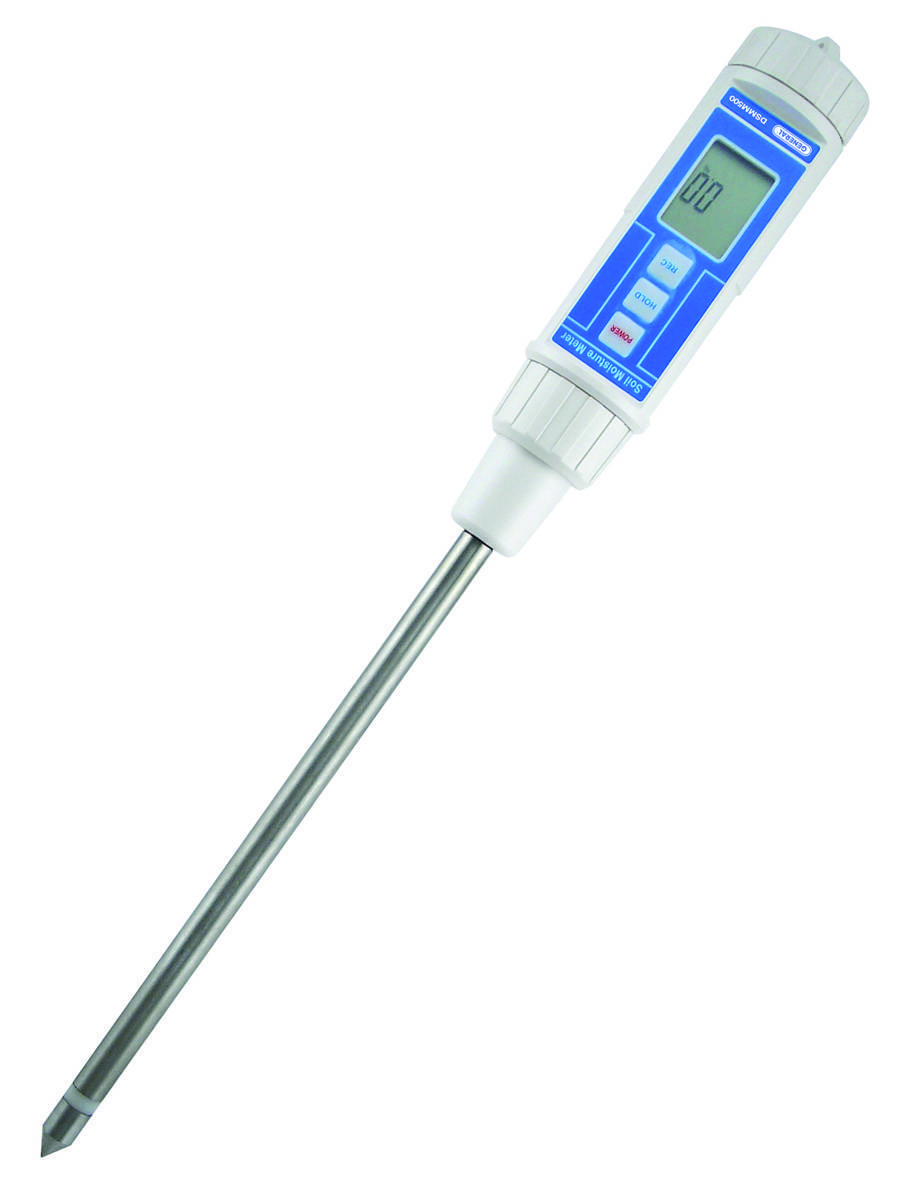Recognizing the Importance of a Moisture Meter in Stopping Mold and Water Damages in Your Home
In the realm of home maintenance, the existence of dampness can often be a silent yet formidable enemy, capable of triggering prevalent mold and mildew development and dangerous water damage if left uncontrolled. Comprehending the importance of a moisture meter in this fight is not just an option but a tactical requirement.
Significance of Moisture Detection
Effective wetness detection techniques are critical for safeguarding residential properties and protecting against possible mold and mildew development and water damage. Wetness can seep into numerous structure products, bring about architectural concerns and carcinogen. By using a wetness meter, homeowner can proactively determine areas prone to excess dampness, permitting prompt intervention and mitigation approaches.
Moisture meters give precise readings of dampness levels in different products such as concrete, drywall, and wood. This information assists in identifying areas of concern, also in covert or hard-to-reach locations. Early detection of dampness build-up enables punctual repair services or modifications to stop further damages.

How Moisture Meters Job
Dampness meters play a crucial role in the proactive identification of excess moisture, aiding in the prevention of prospective mold and mildew development and water damages by giving exact analyses of dampness degrees in numerous structure materials. Some advanced moisture meters pin both combine and pinless innovations for detailed dampness discovery. Recognizing just how moisture meters feature is essential for prompt and precise dampness level assessments, making it possible for efficient preventive measures against mold and water damage.
Detecting Early Caution Indicators
Upon preliminary examination of a residential property, recognizing refined indications of excess dampness ends up being vital in the early detection of prospective mold and mildew development and water damage. Some typical very early warning indicators consist of moldy odors, water discolorations on ceilings or walls, peeling off paint or wallpaper, and distorted or blemished surface areas. Mildewy odors frequently indicate the existence of mold and mildew or mold, also if no visible signs appear. Water discolorations can signal leakages or seepage, while peeling paint or wallpaper may be an outcome of dampness endangering the bond of these materials to the surface area. Distorted or discolored surface areas, such as buckling floorboards or blemished drywall, are clear indications of water damages. Furthermore, an increase in allergic reaction symptoms or respiratory system issues amongst residents might suggest the existence of mold as a result of excess moisture. By promptly determining and dealing with these very early indication, house owners can reduce the threat of comprehensive mold and mildew development and water damages in their properties.
Stopping Mold Growth
Identifying very early caution indicators of excess moisture within a home not just enables timely discovery of prospective mold and mildew growth and water damages but additionally serves as a proactive this contact form measure in stopping the expansion of mold. To successfully avoid mold development, it is vital to deal with any kind of sources of wetness without delay.
In addition to attending to moisture sources, keeping indoor humidity degrees below 60% can substantially prevent mold and mildew development. Proper air flow, sufficient insulation, and making use of air conditioners or fans can help regulate indoor moisture degrees. Keeping track of wetness degrees in locations vulnerable to wetness, such as cellars and creep areas, utilizing a wetness meter can likewise help in early discovery of elevated wetness levels and potential mold development. By taking aggressive measures to stop excess moisture and mold growth, homeowners can safeguard their property and indoor air top quality.
Advantages of Regular Surveillance
Normal tracking of dampness levels in a home can play an important duty in maintaining a healthy and balanced indoor atmosphere and protecting against potential mold and water damages. By frequently examining wetness degrees, property owners can discover any kind of concerns quickly and take essential actions to stop mold and mildew growth and water damages.
Additionally, regular tracking allows homeowners to track patterns and fads in wetness levels over time. Eventually, the consistent surveillance of dampness degrees encourages property owners to shield their home, guard their health and wellness, and maintain the integrity of their indoor setting.

Verdict

By using a wetness meter, building proprietors can proactively recognize areas susceptible to excess moisture, allowing for prompt treatment and reduction methods.

Checking moisture degrees in locations prone to dampness, such as basements and crawl rooms, making use of a moisture meter can also help in early detection of elevated moisture degrees and potential mold growth. (Moisture Meter)